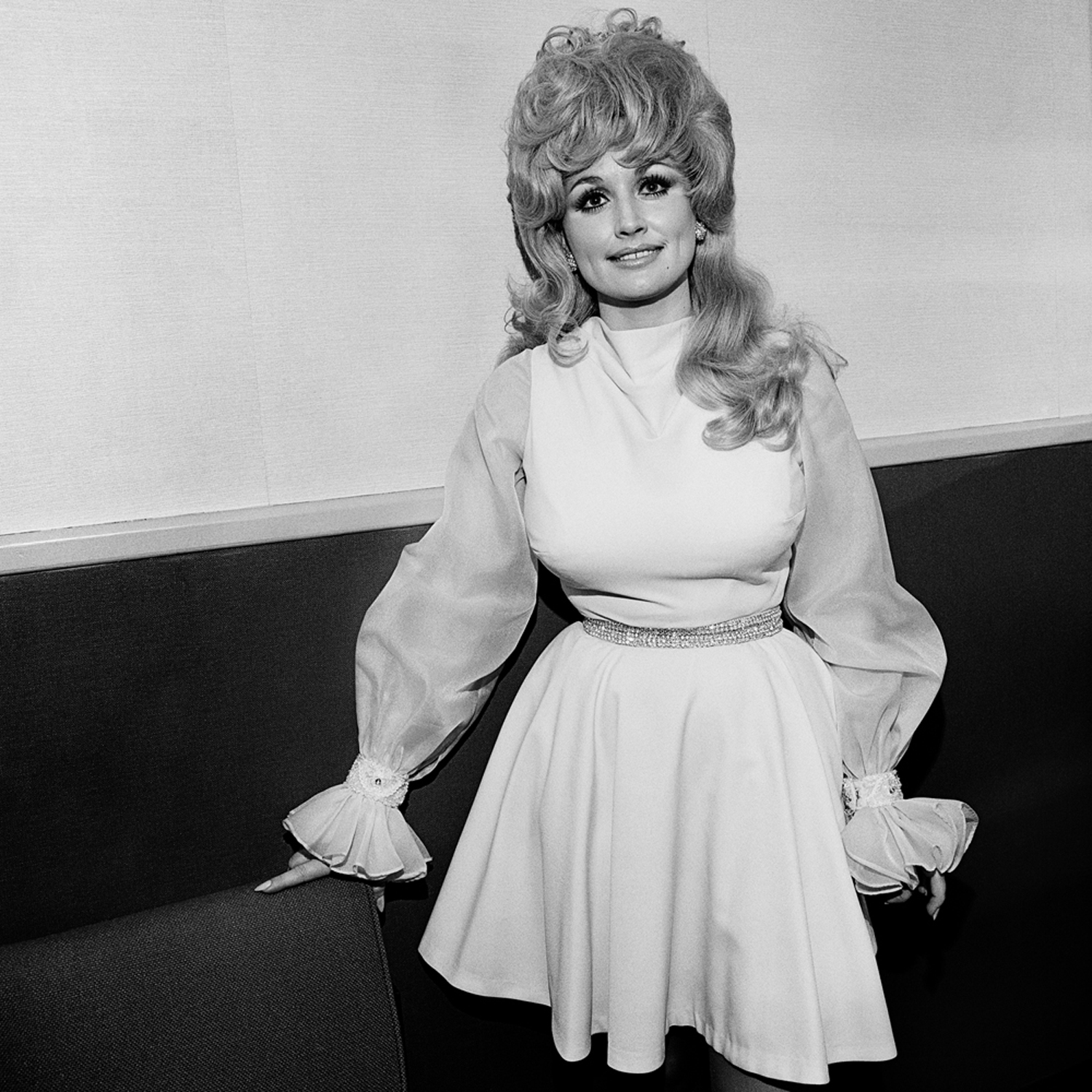
When photographer Henry Horenstein photographed Dolly Parton in 1972 he was bold enough to question her choice in clothing. So profound was his respect for her music, Horenstein wondered why Parton often dressed in over-the-top costumes for performances. Her answer was simple: “People don’t come out to see me looking like everybody else.”
“I thought it was good creative advice for everyone,” Horenstein said.
From the early 1970s to the present, Henry Horenstein has recorded onto black and white film the disappearing world of traditional country music. These pictures were collected into a monograph called Honky Tonk: Portraits of Country Music, which will be published in its second edition by W. W. Norton & Company this month.
After studying history at the University of Chicago, Horenstein moved back to his native New England to develop his photographic work at the Rhode Island School of Design under the instruction of legendary photographer Harry Callahan. Horenstein knew that he wanted to use the camera as a tool for recording history, but found himself looking for a place to begin. Callahan gave him the seemingly simple direction to photograph the people and places he was naturally drawn to.
Horenstein was raised on country music and was a regular at country venues, called ‘honky tonks,’ around Boston. So he began to make pictures in these lively establishments, capturing images of music performances, dancing and a touch of debauchery. Even if he got lousy pictures, Callahan told him, he was sure to have a good time.
Soon after starting his project Horenstein was hired by Rounder Records, a label that featured many of the leading country artists of the day, to shoot album covers. In Nashville he took pictures at the Ryman Auditorium during Grand Ole Opry shows and spent nights photographing bands and patrons at Tootsie’s Orchid Lounge, a rambunctious honky tonk and infamous local institution.
These pictures show country music at a turning point. As the United States transitioned from a primarily rural to a more suburban society, country music acts with traditional ties to “hillbilly” culture went out of style. Purists questioned the direction country music was headed in the 1980s, pointing to the influence of 1970s rock and roll. “People still wanted it to be country because that’s what they grew up on and they liked it, but they wanted it to be more softened, a little more generic,” says Horenstein.
Loretta Lynn, who is among the famous faces pictured in Horenstein’s book, expressed her faith in the contemporary music scene to TIME. “Country music ain’t country anymore, but that’s ok,” she said. ” Used to be country music was not just a sound but also a life. An artist brought who they were and where they were from to their music. It defined them and their songs. But everything changes and we grow. I guess now with folks getting to hear so many kinds of music it’s all mixed together. Remember how people didn’t like when Elvis came along? Could you imagine no Elvis? There are some great singers out there and great songs.”
Horenstein’s photographs preserve a time many consider to be the golden age of the genre. Today country music is undergoing a renaissance. Bands whose sounds harken back to the golden age of country such as Old Crow Medicine show and Gillan Welch fill stadium-sized venues. This revival has come with renewed enthusiasm for Horenstein’s country music work. The second edition of Honky Tonk includes pictures documenting country music from 1972 until 2011, and is accompanied by two gallery exhibitions. The book is a nostalgic ramble though backcountry hideaways and big city venues where footlights and camera flashilluminate faces from the past and present alike. To borrow a phrase from country great Ernest Tubb, Honky Tonk: Portraits of Country Music reminds us to “Say goodbye like we said hello, in a friendly kind of way.”
Henry Horenstein’s Honky Tonk: Portraits of Country Music is available this month by W. W. Norton & Company. Photographs from this series are on view at ClampArt in New York City from Sept. 6 to Oct. 13 and in Boston at Caroll and Sons from Sept. 5 to Oct. 27.
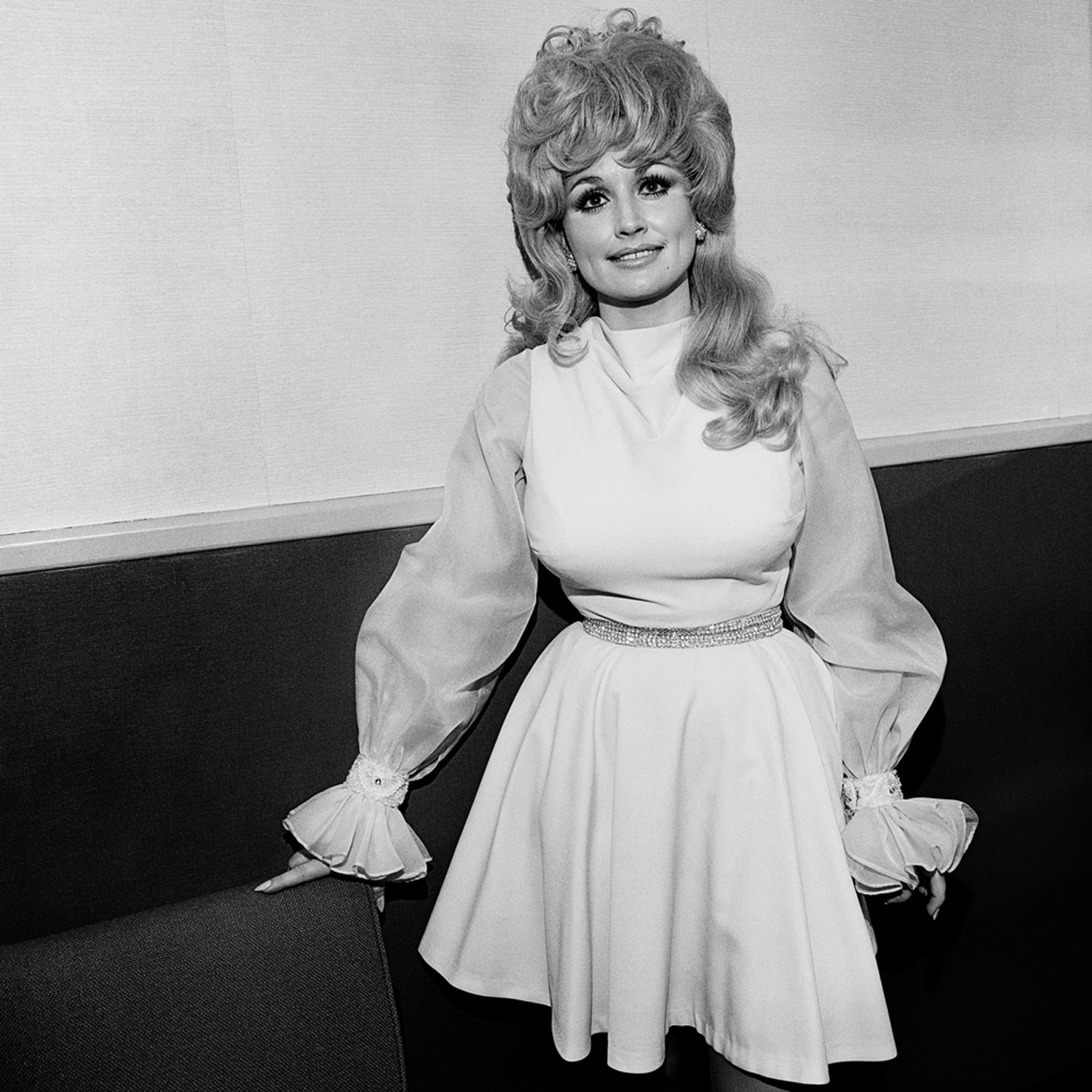






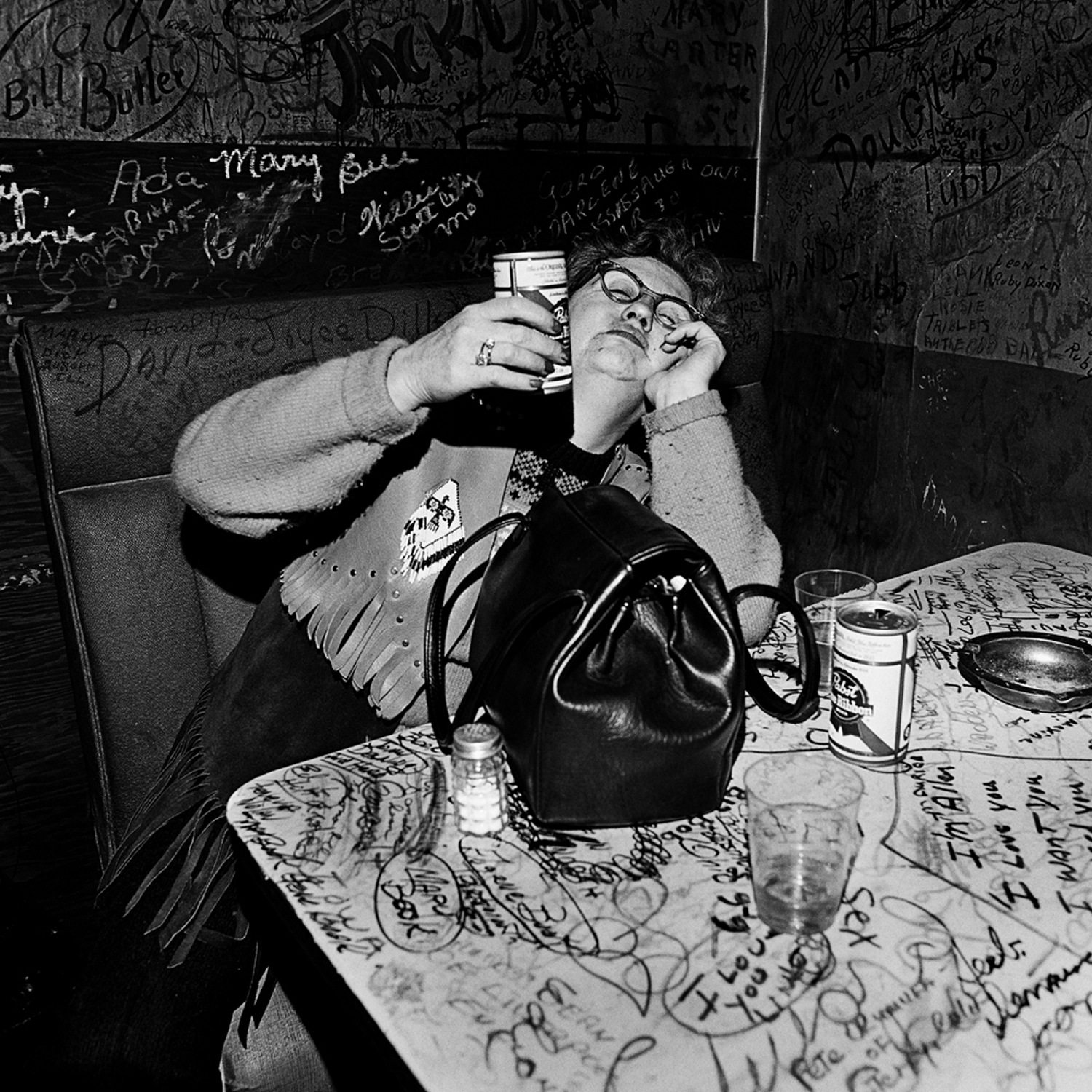
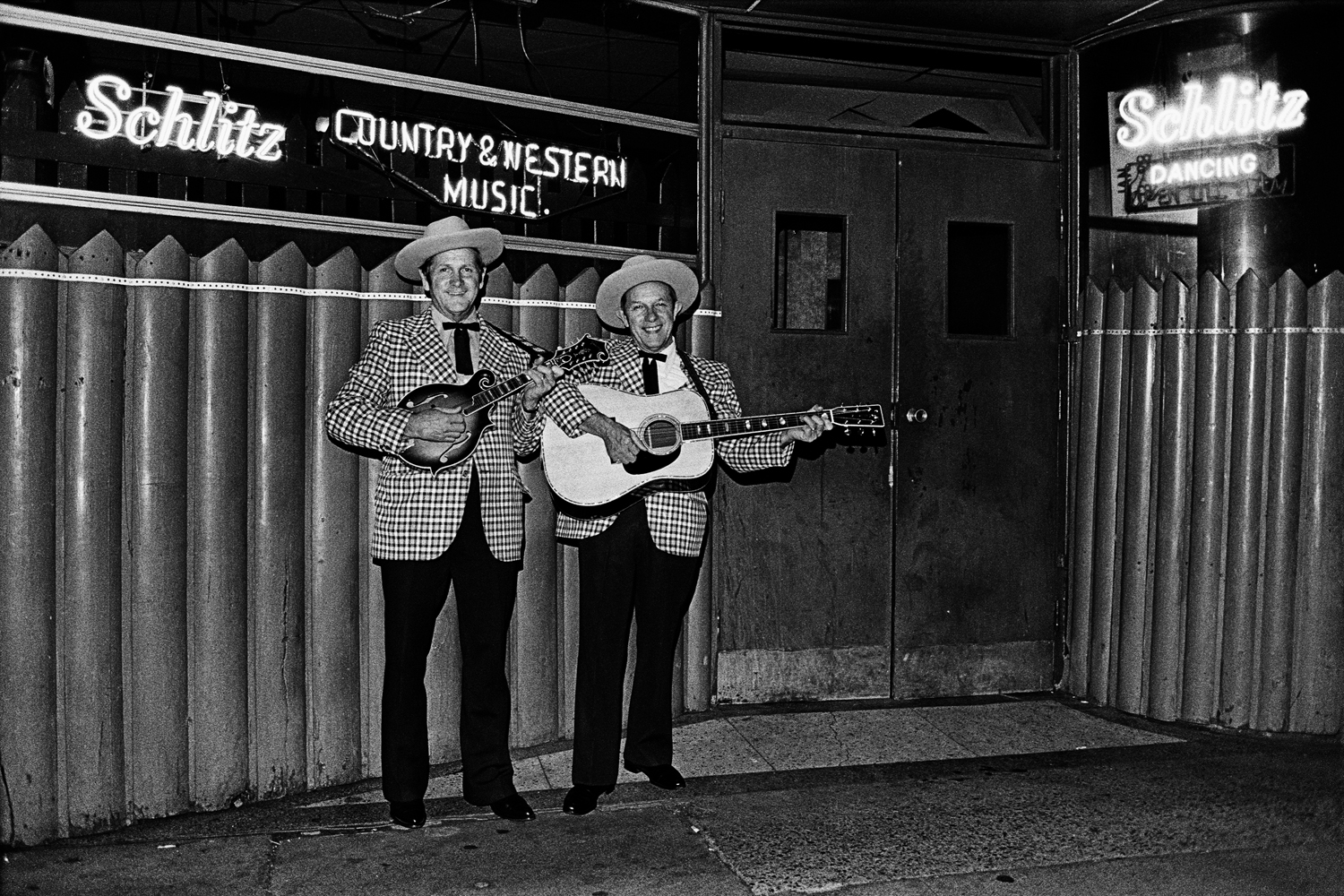






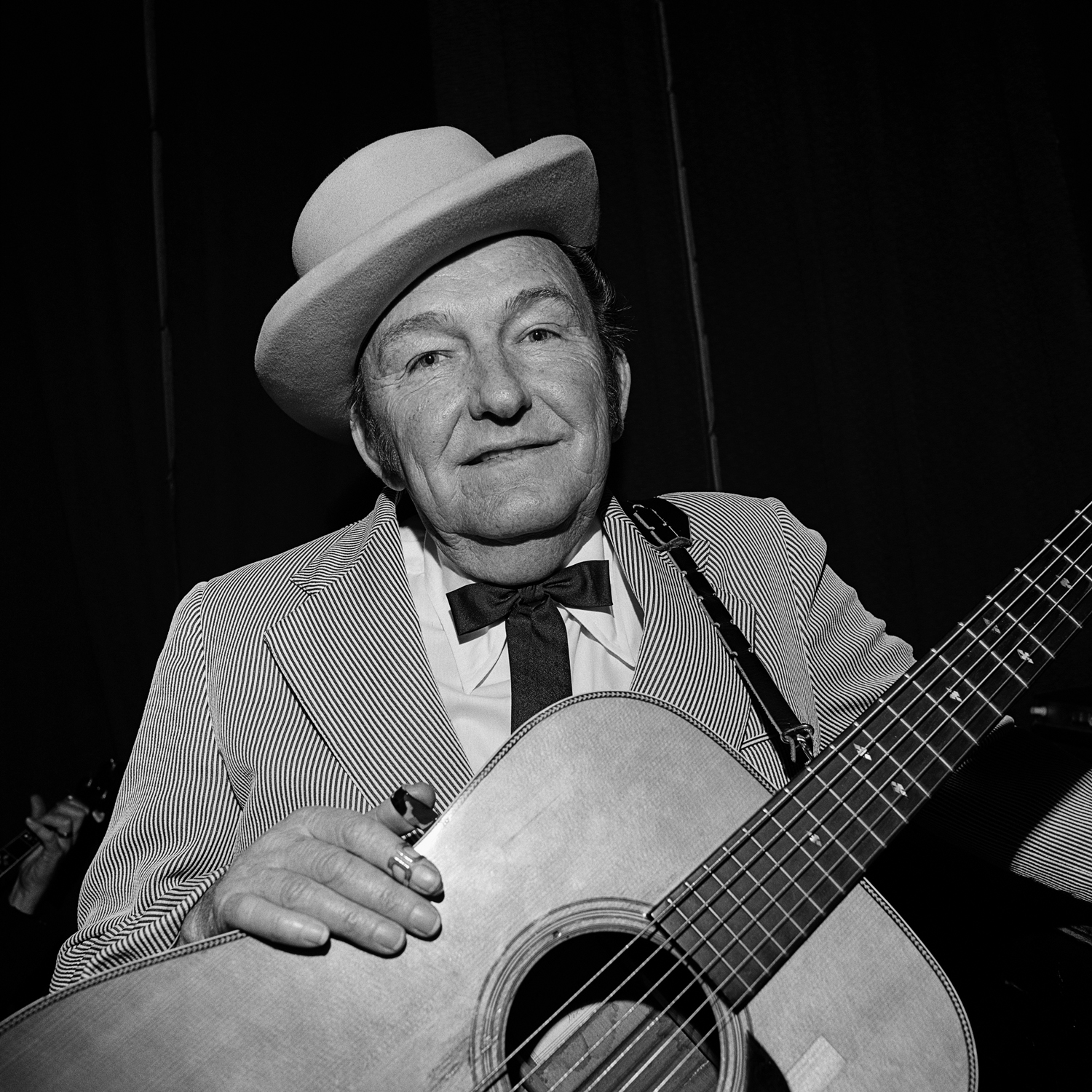
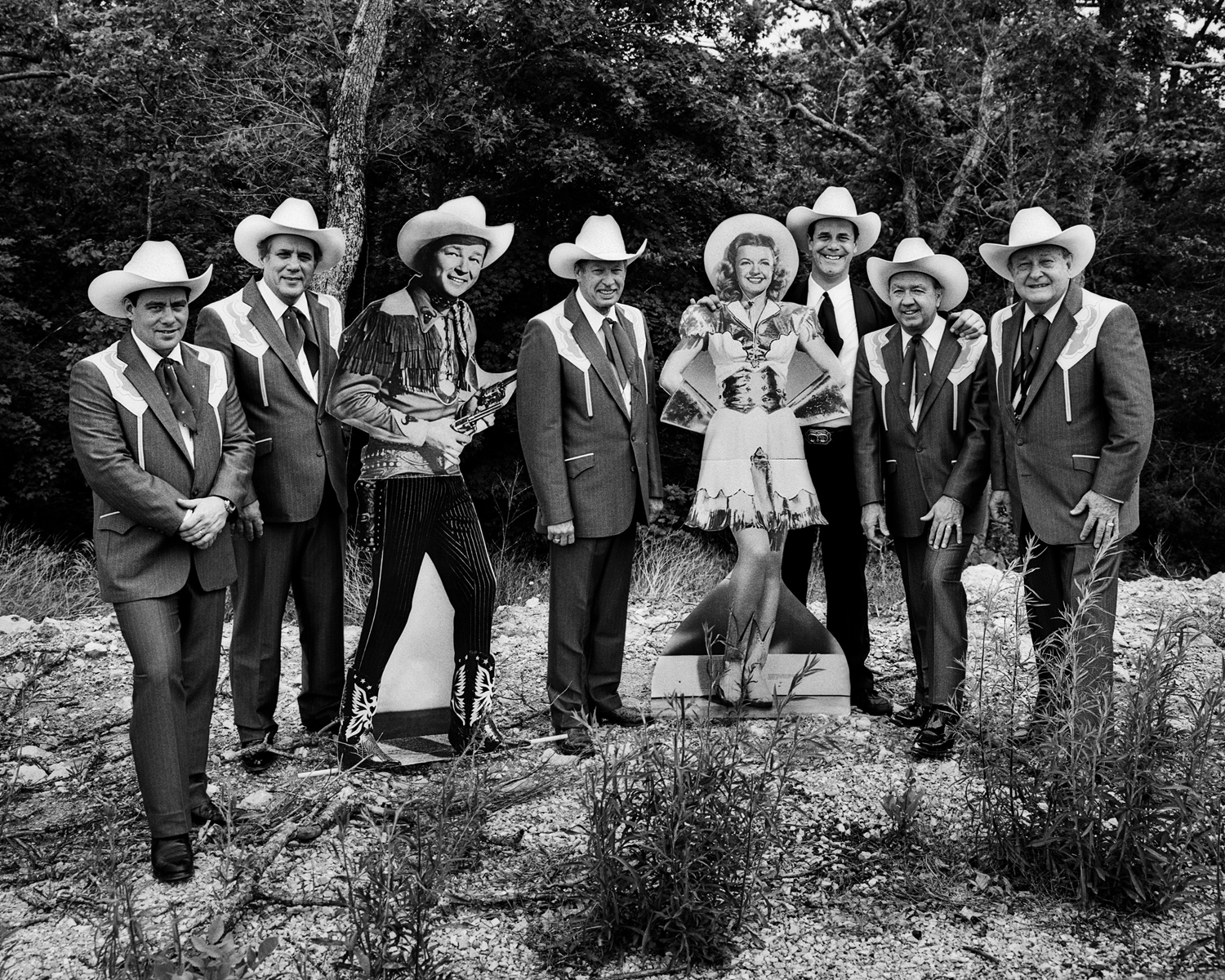
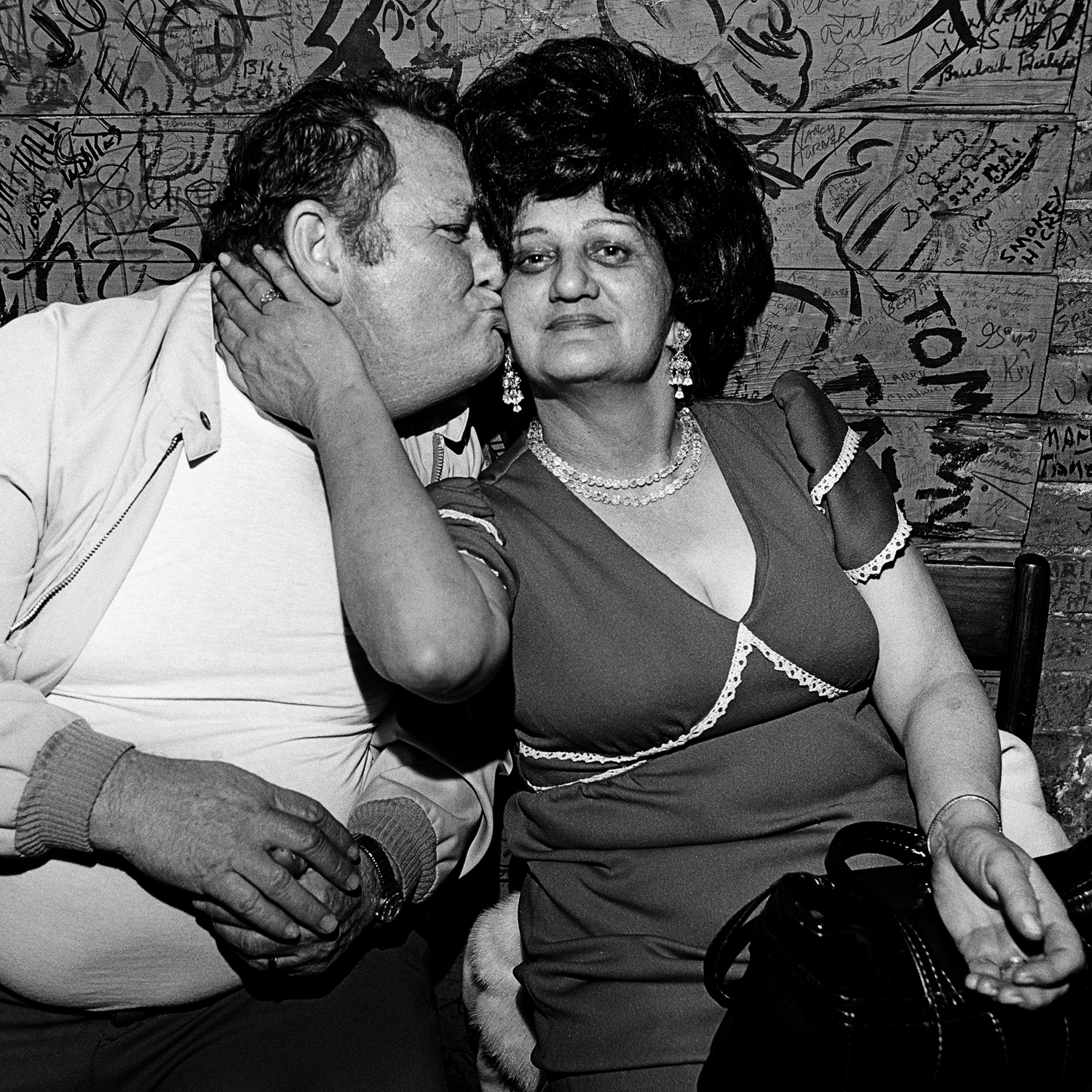
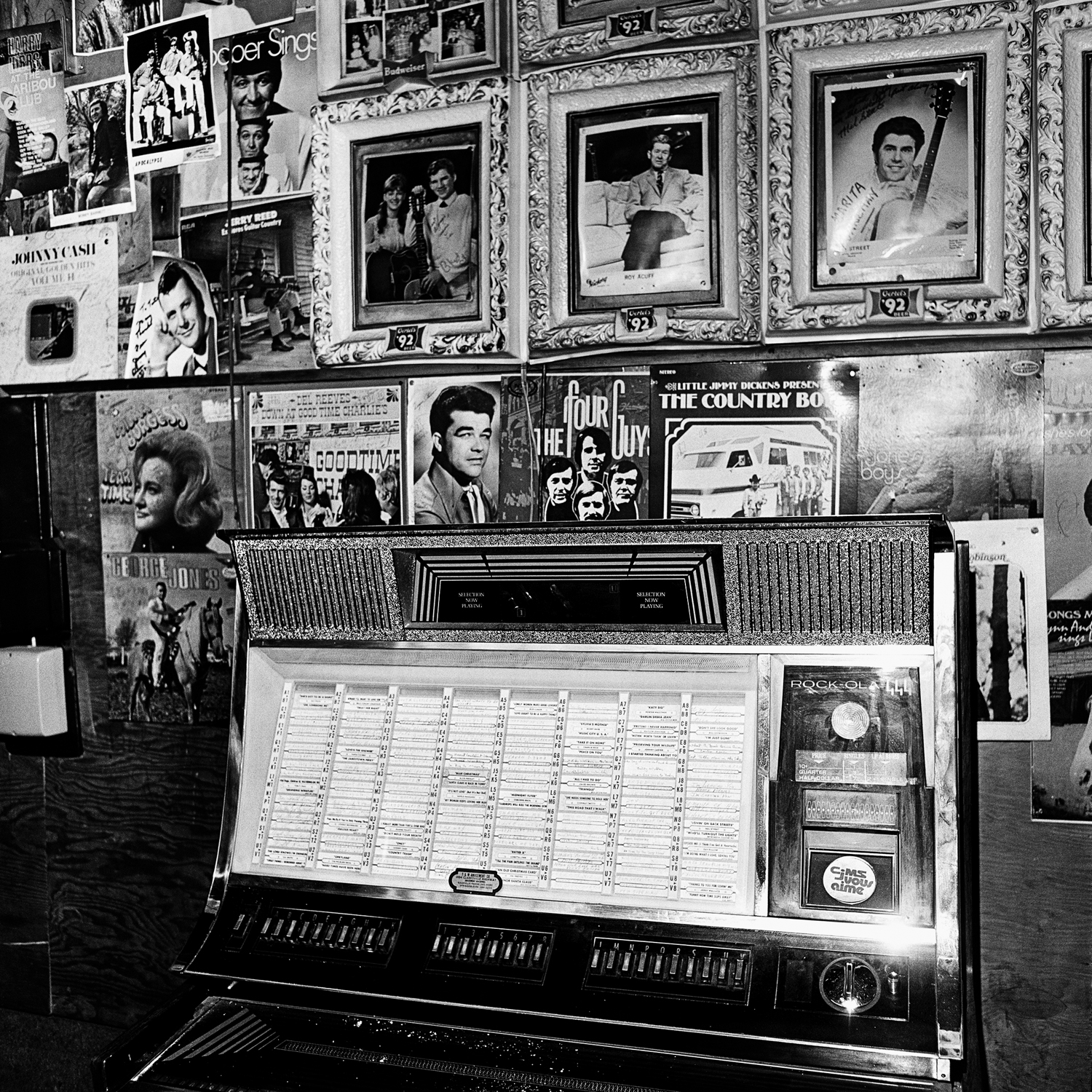
More Must-Reads from TIME
- Donald Trump Is TIME's 2024 Person of the Year
- Why We Chose Trump as Person of the Year
- Is Intermittent Fasting Good or Bad for You?
- The 100 Must-Read Books of 2024
- The 20 Best Christmas TV Episodes
- Column: If Optimism Feels Ridiculous Now, Try Hope
- The Future of Climate Action Is Trade Policy
- Merle Bombardieri Is Helping People Make the Baby Decision
Contact us at letters@time.com